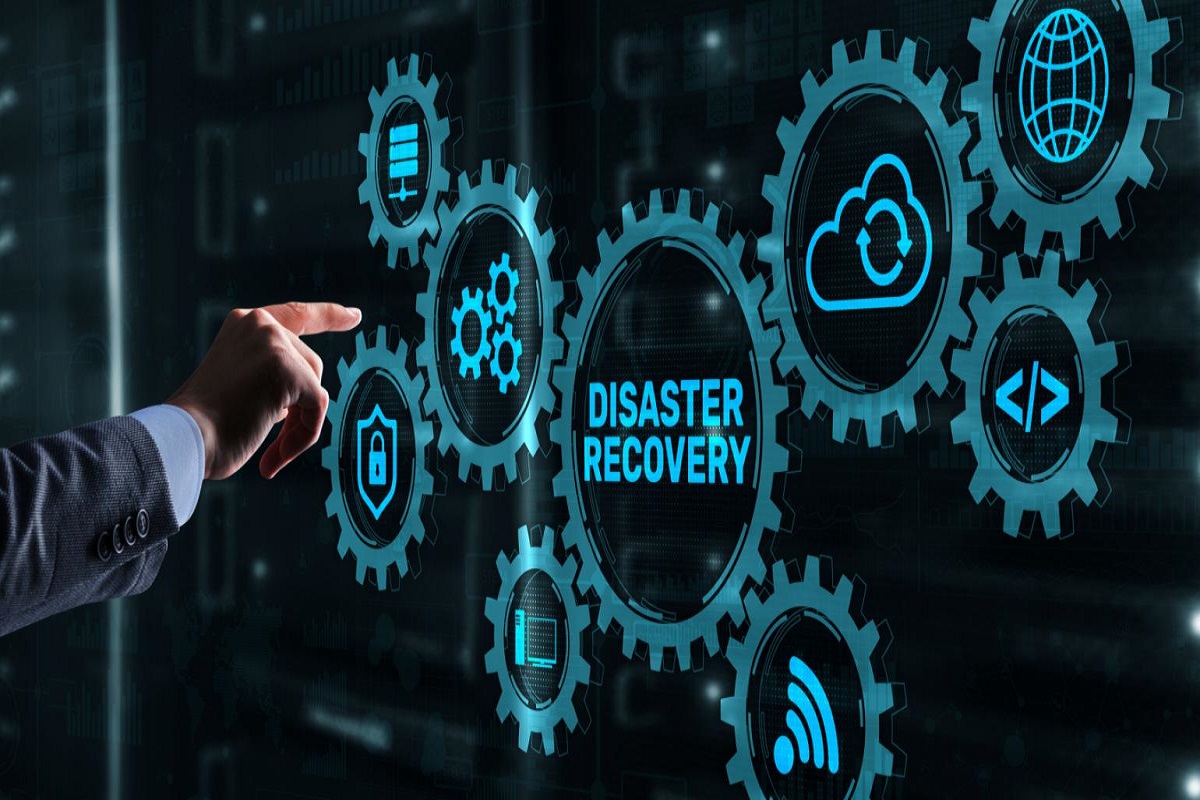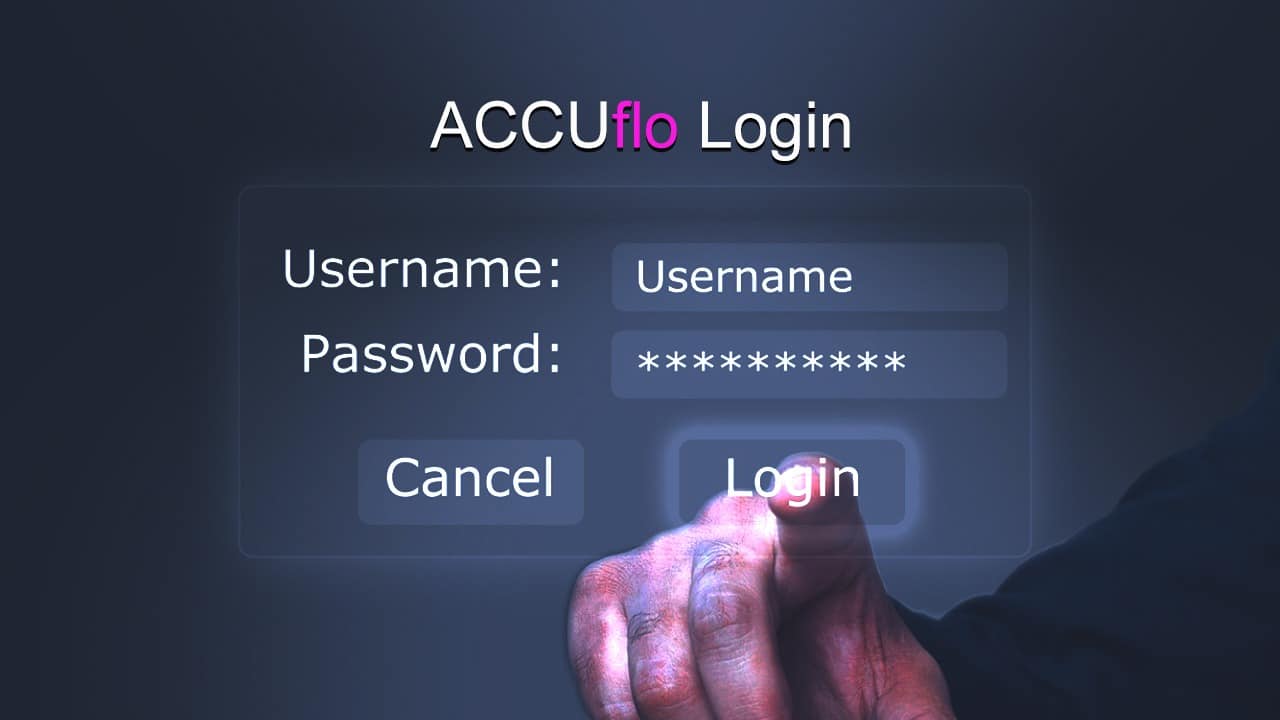CIO and IT recovery managers need to make sure their teams are ready to implement disaster recovery processes whenever the time is right. Unfortunately, things often go wrong. As a CIO or IT recovery manager, you must ensure you use your time effectively and have a clear strategic vision of getting things running smoothly to prevent your BC|DR plan from missing things.
All businesses are different. Each of them is unique. However, they often experience similar challenges when managing risks and formulating an effective disaster recovery process.
With that said, let’s consider the main disaster recovery that CIOs or IT managers should consider.
Lacking an Effective Plan
Companies need to have a disaster recovery plan in place. It’s not just about a plan but a well-thought-out strategy that takes care of every detail. In such cases, having a plan that is 95% successful in execution is not enough.
Failing to Buy Redundant Equipment
Disaster recovery planning is often considered a backup plan. Many companies need more time to be ready to invest in equipment that will only be used in the event of a disaster. Many might not use it at all, meaning that businesses invest in the staff they might never potentially need.
Putting an effective disaster recovery plan shouldn’t cost you a fortune. However, you shouldn’t expect that it won’t cost you anything either. The key to making wise purchasing decisions is that companies need to be smart and reuse hardware whenever possible.
Failing to Test
Testing is one of the keys to success. Companies must be 100% sure their disaster recovery plan will be successfully implemented when the time comes. Disaster recovery plans can be costly and time-consuming, which are among the top reasons why many companies fail to test them.
Hardware Failures
Another aspect to think about is hardware failures. All your effort will only be worth something if your company invests in buying identical servers to restore your data. Making backups is not enough. Buying the same server lets you have a store of backup parts that you can use in case something goes wrong with your main server.
Offsite Backups
Offsite backups should be offsite. You should be ready for the worst scenario to happen. In cases of fire or flood, you should have a full backup at a separate location. However, if your offsite backup is miles away, will you be able to get there to retrieve your physical media quickly? In such situations, online backups can help you mitigate this.
No one wants to find themselves in a situation where there is a need to recover from a disaster. However, it’s always better to be fully prepared and do extra testing and investing to bring the downtime to the minimum.








































